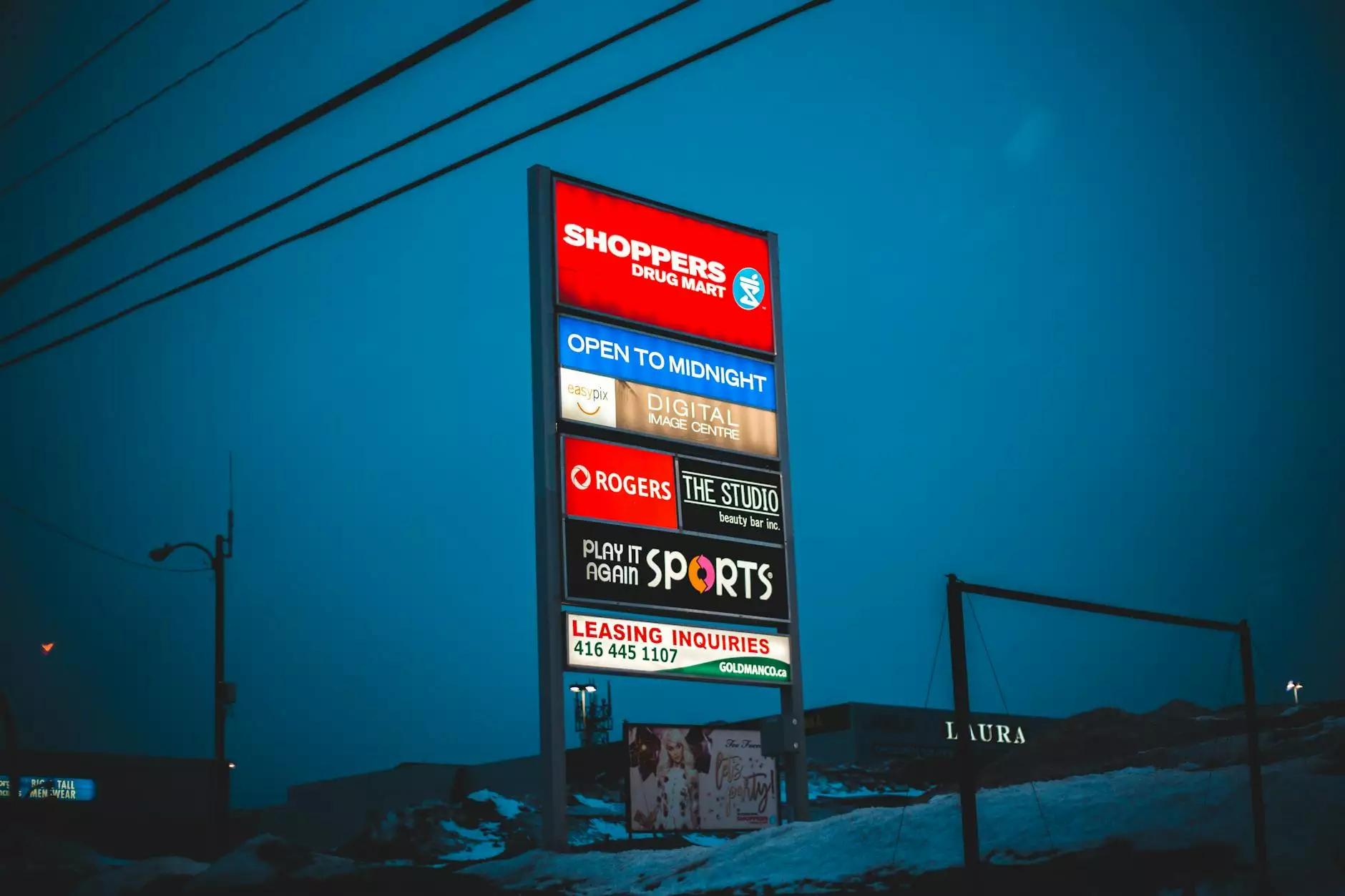How to Keep Pop-Ups from Ruining User Experience?
Website Launches
Welcome to Madison Niche Marketing, your go-to source for professional digital marketing solutions in the Business and Consumer Services industry. In this comprehensive guide, we will delve into the topic of keeping pop-ups from negatively impacting user experience on your website.
Understanding the Importance of User Experience
User experience (UX) plays a crucial role in determining the success of your website. It encompasses the overall satisfaction users feel when interacting with your site, including factors such as ease of navigation, responsiveness, and accessibility. Pop-ups, if not carefully implemented, can disrupt the flow and negatively impact user experience.
The Negative Effects of Poorly Executed Pop-Ups
Poorly executed pop-ups can lead to various negative consequences. If not properly optimized, they can annoy visitors, obstruct content, and even drive people away from your site. In some cases, they may lead to high bounce rates, lower conversion rates, and damaged brand reputation. It is crucial to strike a balance between engaging users and respecting their browsing experience.
Best Practices for Pop-Up Optimization
Here are some actionable tips to ensure your pop-ups enhance user experience rather than hinder it:
1. Timing is Everything
Timing plays a crucial role in pop-up implementation. Avoid displaying pop-ups immediately upon visitors landing on your site, as this can be overwhelming. Instead, consider using exit-intent triggers or time-delayed pop-ups to engage users when they have had a chance to explore your content.
2. Offer Value-Driven Content
Make sure your pop-ups offer valuable content or incentives to capture users' attention. Whether it's a discount, a freebie, or exclusive information, providing something of value increases the chances of users engaging with your pop-ups.
3. Keep Pop-Ups Simple and Easy to Close
Avoid overly complex pop-up designs that confuse users. Keep them simple, concise, and easy to understand. Additionally, ensure that the close button is prominently placed and easily accessible, allowing users to exit the pop-up effortlessly.
4. Personalize and Target Your Messaging
Segment your audience and tailor your pop-up messaging based on their preferences and behaviors. Personalized messages have a higher chance of resonating with users, increasing the likelihood of conversions.
5. Test and Monitor Performance
Regularly test different variations of pop-ups to gauge their effectiveness. A/B testing can help you understand what works best for your audience. Additionally, monitor key metrics such as bounce rates, conversion rates, and engagement to ensure your pop-ups are positively contributing to user experience.
Conclusion
Implementing pop-ups on your website can be a valuable tool to engage users and drive conversions. However, achieving a balance between effective user engagement and a seamless browsing experience is crucial. By following the best practices outlined in this guide, you can optimize your pop-ups to enhance user experience and ultimately improve the success of your website.










